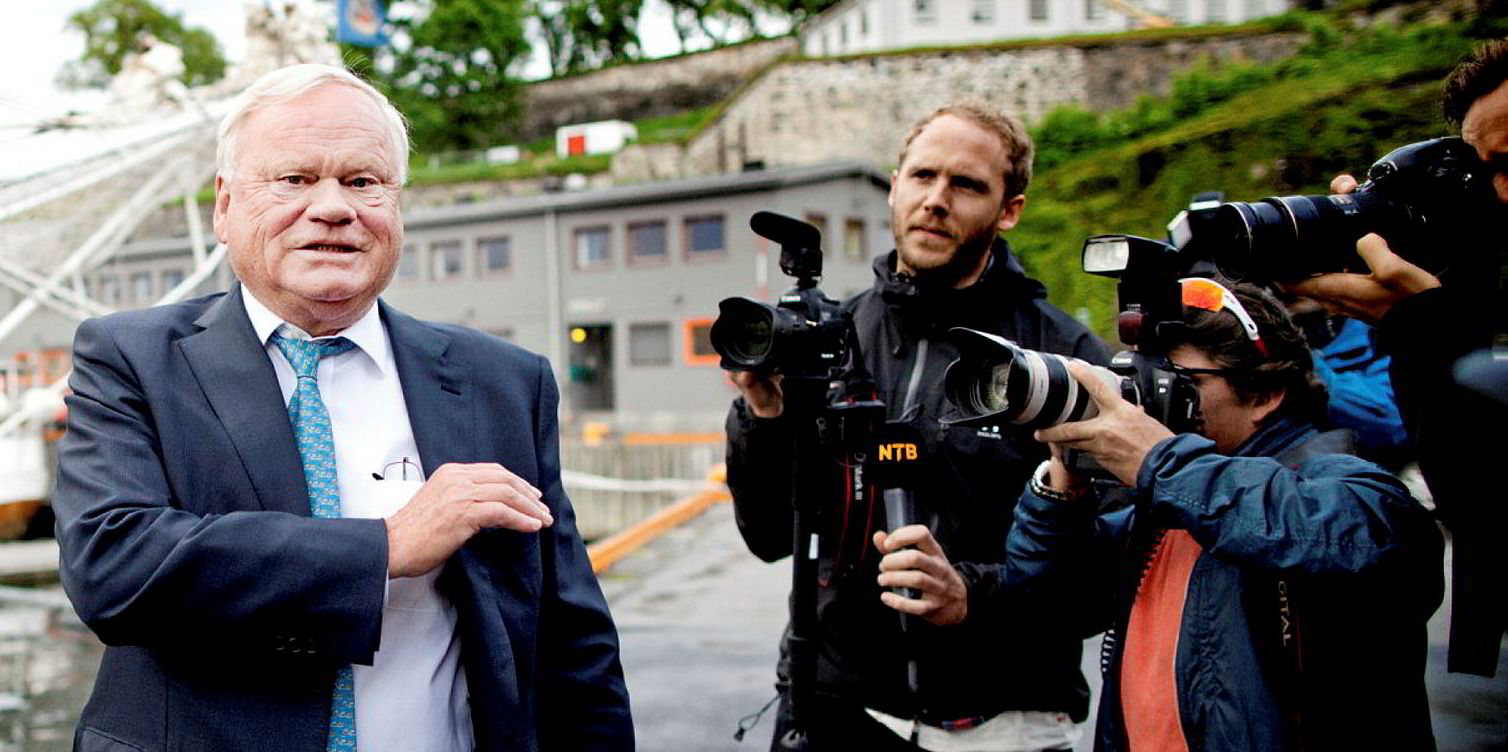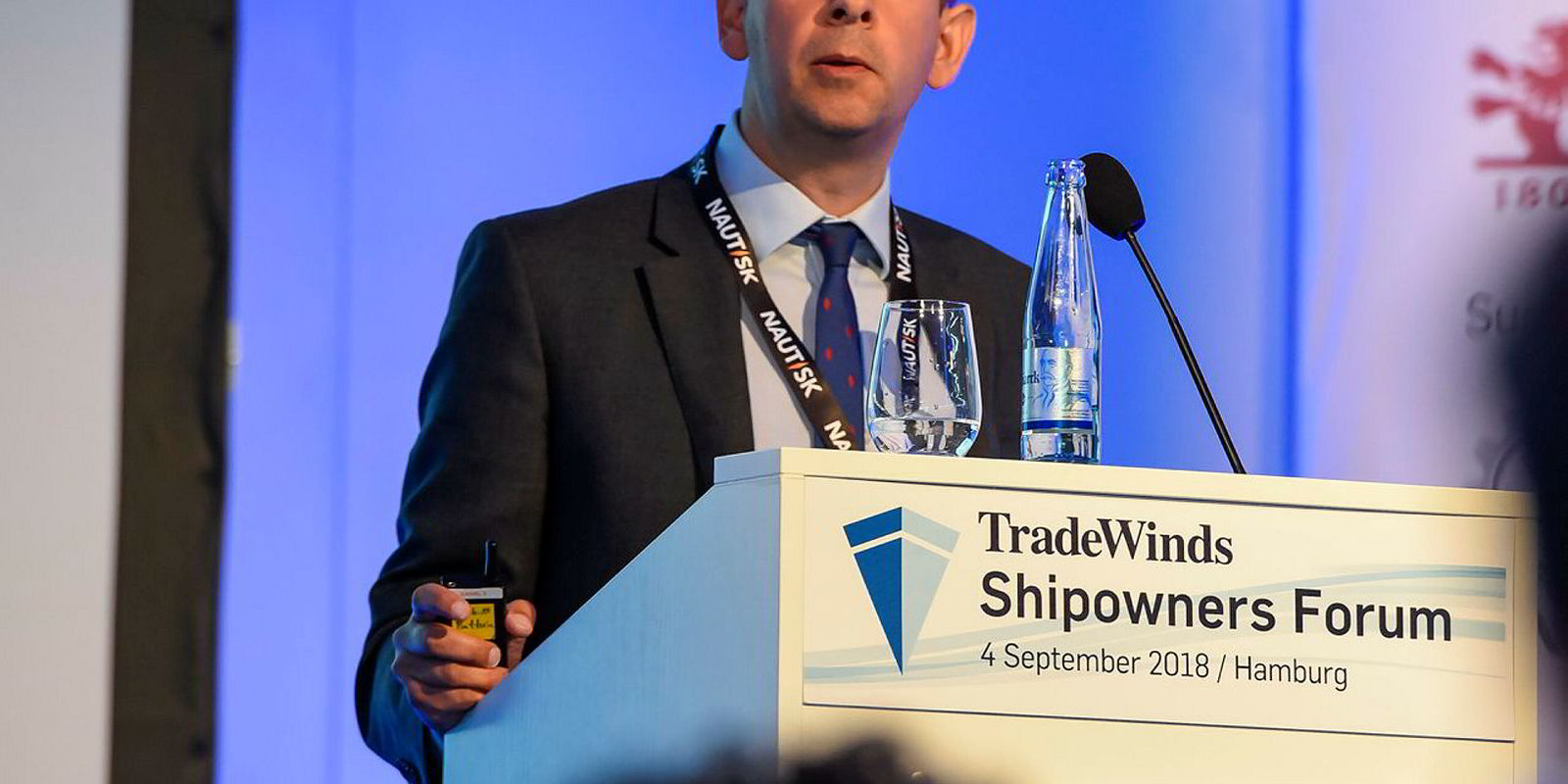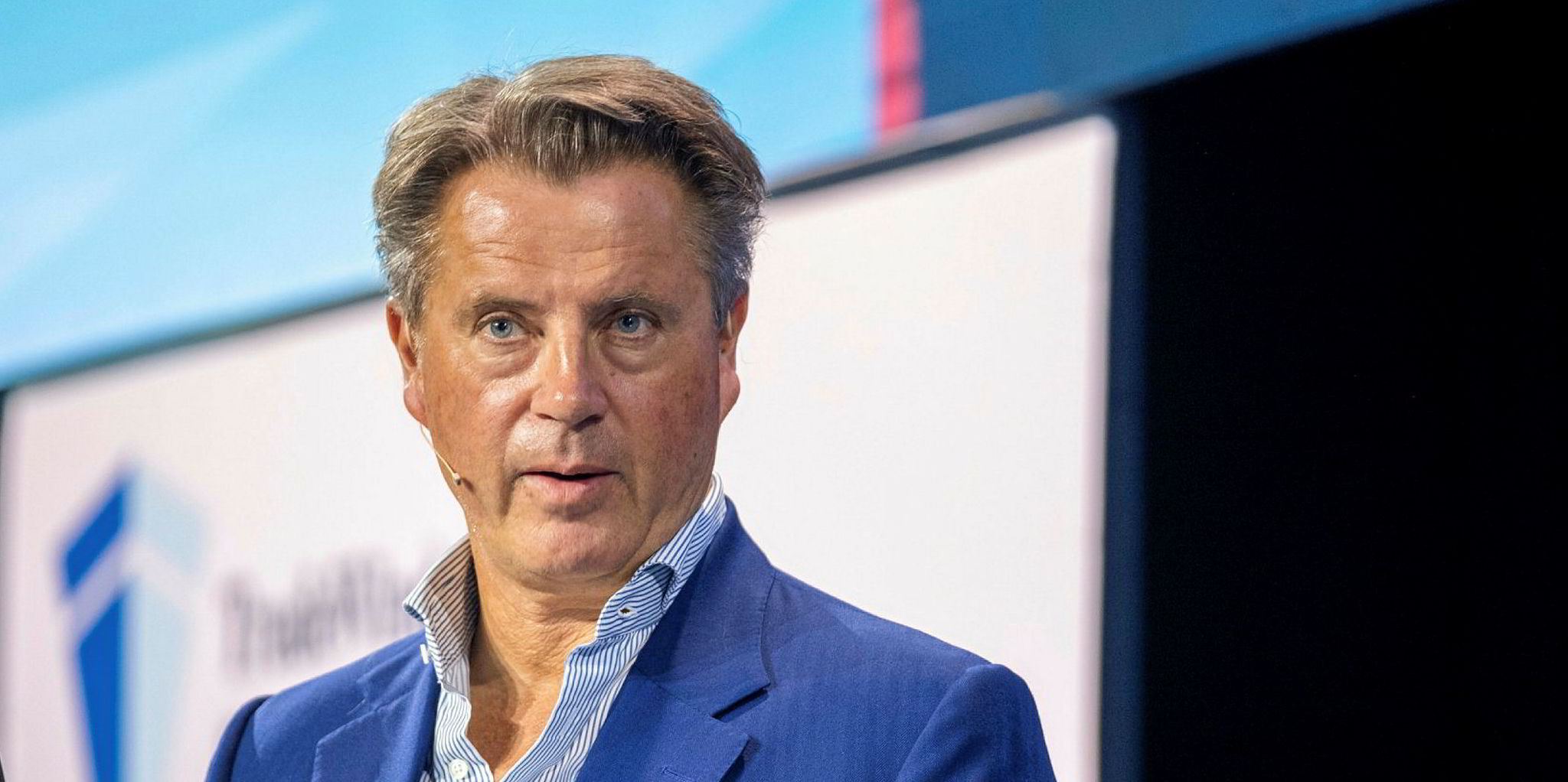Stephen Gordon, managing director of Clarksons’ research division, has picked oil and gas as the most promising shipping sectors while putting down dry cargo.
In the Japan Ship Exporters’ Association seminar during Nor-Shipping, Gordon pointed out that the bulker markets are pressured by demand weakness, while US energy exports and the IMO 2020 fuel rules offer support to tankers and gas carriers.
“Of all the major markets, I am most cautious about the dry side for the moment,” he said.
“The tanker and gas markets have proved to be quite positive. I think the container [sector] is kind of in the middle.”
Demand for bulkers has been plagued by weaker-than-usual iron ore exports from Brazil and Australia due to supply chain disruptions and a slow coal trade, while the trade war has also hit soybean and steel trades, according to Gordon.
However, he added more scrapping, slow-steaming and recovering trade volumes may lift bulker earnings later on.
“I wouldn’t rule out a better end to the year, and I wouldn’t completely rule out a better market next year,” Gordon said.
With rising LNG and LPG exports from the US on the back of shale output, as well as the shift to cleaner energy, many industry participants are feeling good about prospects for gas shipping.
“You can afford to be on the optimistic side for the coming years for both LNG and LPG … lots of LNG trade to come [especially],” Gordon said.
According to Clarksons’ forecast, the world’s seaborne LNG trade will grow to 344 million tonnes in 2019 from 318 tonnes in 2018. The volume is expected to increase further to 369 million tonnes in 2020.
“By 2026, the LNG fleet will be bigger than the VLCC fleet in the number’s term,” Gordon said.
The increasing US crude exports will also improve long-haul demand for tankers — a trend that is expected to continue, according to Gordon.
“We are quite optimistic about some of the long-haul trade from [the] US,” Gordon said. “If you take an oil cargo from the US to Asia, it’s further than [the] Middle East, which is the traditional long-haul trade source.”
Moreover, product tanker demand could be doubled to 6% in 2020, with the IMO’s new bunker rules set to trigger more consumption of distillates, according to Clarksons.
With refineries expected to raise runs to take advantage of better margins, Clarksons predicts the IMO rules could potentially boost crude trade by 600,000 barrels per day.
“Generally, the mood and outlook of tankers have been much better than a year ago,” Gordon said. “We could have quite a good year next year for the tanker market.”
Scrubber counts
Based on the IMO 2020 rules, owners can install scrubbers onboard ships to continue the consumption of high-sulphur fuel oil.
Gordon said the retrofitting process can take 1% of shipping capacity off-line on an annualised basis, supporting freight rates in general.
Based on Clarksons’ estimates, about 10% to 11% of the global fleet in gross tonnage terms will be installed with scrubbers by 1 January 2020.
Gordon said the share will rise to 15% by the end of 2020.
With LNG being another fuel solution to fulfil the IMO 2020 regulations, Gordon expected 4% of the world’s fleet to be capable of running on LNG by the end of next year.
“The majority of which is LNG carriers because they are using the cargoes,” Gordon said.
Click here to keep up to date with TradeWinds' coverage of Nor-Shipping 2019.







